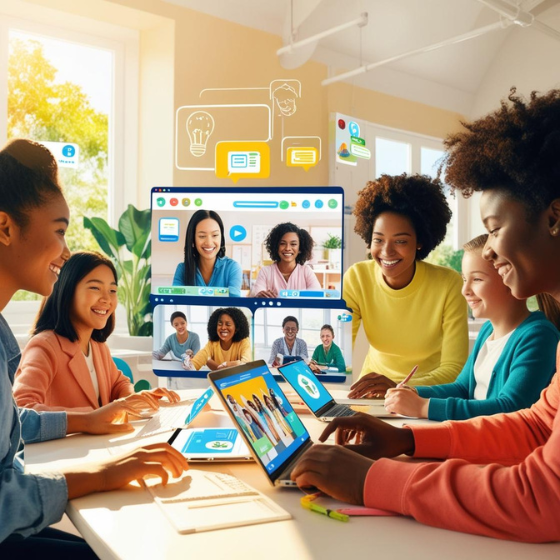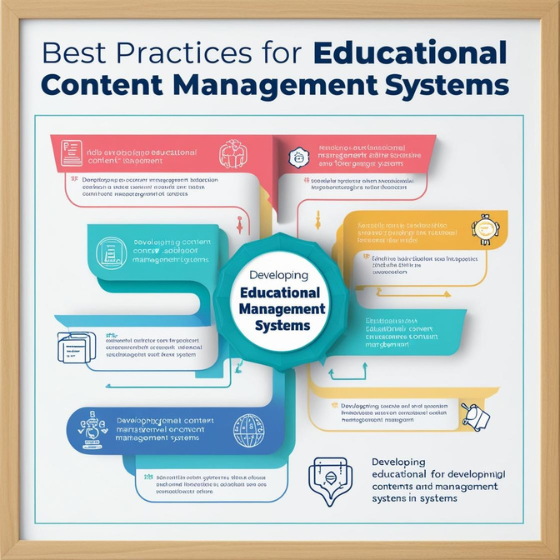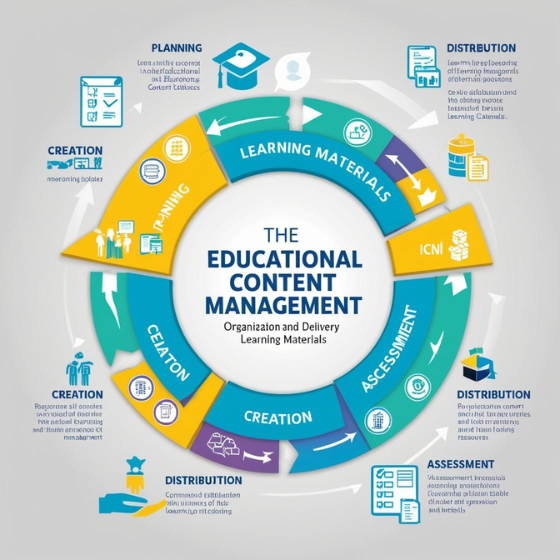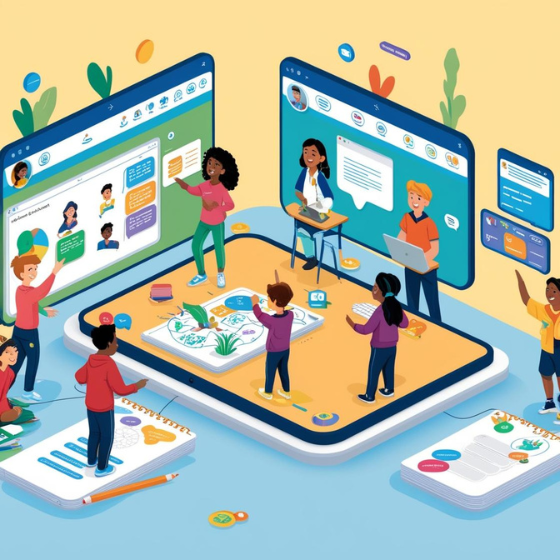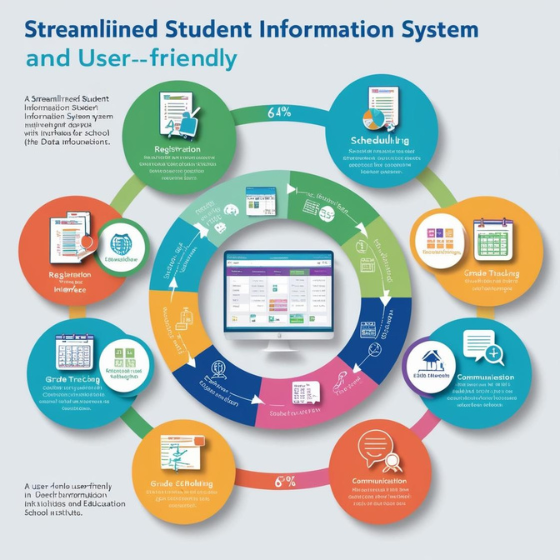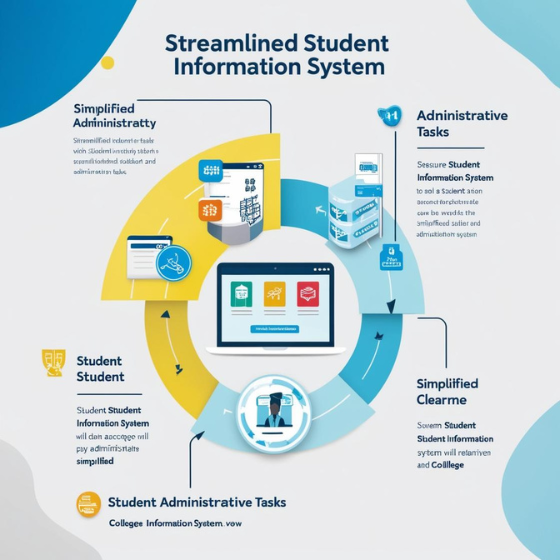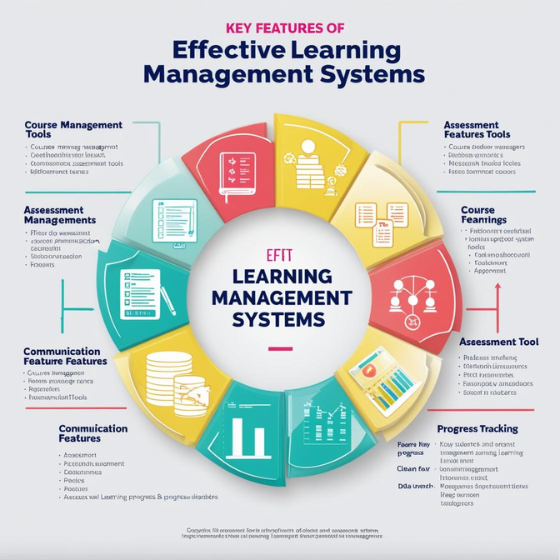Virtual Classrooms: Connecting Teachers and Students
In today’s fast-paced digital era, education has transcended physical boundaries, bringing students and teachers together through virtual classrooms. These platforms have revolutionized how knowledge is imparted, offering flexibility, inclusivity, and real-time interaction. Virtual classrooms: connecting teachers and students have become a cornerstone of modern education, reshaping traditional learning dynamics.
In this blog, we’ll dive deep into the concept of virtual classrooms, their benefits, essential features, and how institutions can optimize these platforms for better learning experiences. Let’s explore how they are bridging the gap between educators and learners across the globe.
What Are Virtual Classrooms?
A virtual classroom is a digital learning environment where teachers and students interact in real time. It mimics the traditional classroom setting but operates in the online space, leveraging technology to enable live discussions, assignments, and collaborative activities.
Why Virtual Classrooms Are Game-Changers
- Accessibility: Enables learning anytime, anywhere.
- Cost-Effectiveness: Reduces expenses for travel and physical infrastructure.
- Inclusivity: Makes education accessible to learners from diverse backgrounds.
By fostering seamless interactions, virtual classrooms: connecting teachers and students have created a dynamic, borderless educational environment.
Key Features of Effective Virtual Classrooms
To maximize the potential of virtual learning environments, it’s crucial to incorporate features that cater to both educators and students. Here are the must-haves:
1. Real-Time Interaction
Engaging students through live video and audio conferencing fosters a sense of connection.
- Features like live chats, Q&A sessions, and polls make learning interactive.
- Example: Platforms like Zoom and Microsoft Teams have transformed how lectures are delivered online.
2. Content Sharing and Collaboration Tools
Facilitating easy sharing of documents, presentations, and videos enhances the learning experience.
- Collaborative tools like shared whiteboards and breakout rooms encourage group activities.
3. Attendance and Progress Tracking
Efficient attendance management and performance tracking help educators monitor student engagement.
- Integration with Learning Management Systems (LMS) provides a centralized view of student progress.
4. Scalability and Customization
Institutions need virtual classrooms that grow with them, accommodating larger class sizes or specialized modules.
- Case Study: Sodio’s custom-built virtual platforms have supported institutions in scaling up their digital learning initiatives.
5. Secure and Reliable Platforms
With sensitive student data involved, robust security features like encryption and role-based access are essential.
The Advantages of Virtual Classrooms
Virtual classrooms have not only bridged geographical barriers but also introduced innovative ways of teaching and learning.
1. Flexibility for Students and Teachers
Learners can access courses at their convenience, and educators can manage their schedules more efficiently.
- Real-World Impact: A recent survey showed a 60% increase in student satisfaction with flexible learning options.
2. Cost Savings
Both institutions and learners save on commuting, materials, and facility-related expenses.
3. Enhanced Engagement
Interactive tools like gamified quizzes and live discussions keep students motivated and involved.
4. Broader Reach
Institutions can now enroll students from across the globe, increasing diversity and cultural exchange.
5. Environmental Benefits
Reduced need for physical infrastructure leads to a smaller carbon footprint.
Challenges in Implementing Virtual Classrooms
Despite their numerous benefits, virtual classrooms come with their own set of challenges:
1. Digital Divide
Not all students have access to stable internet connections or modern devices.
- Solution: Institutions can partner with service providers to offer subsidized technology to students.
2. Lack of Personal Interaction
The absence of physical presence may lead to reduced emotional connection between teachers and students.
- Approach: Incorporate video-on activities and personalized check-ins.
3. Technical Glitches
Unforeseen issues like connectivity disruptions can hamper the learning process.
- Best Practice: Choose reliable platforms like Sodio’s virtual classroom solutions for uninterrupted learning.
4. Security Concerns
Unauthorized access and data breaches pose risks.
- Pro Tip: Prioritize platforms with end-to-end encryption and regular security updates.
How Sodio Can Help Build Seamless Virtual Classrooms
Sodio specializes in developing customized virtual classroom solutions tailored to institutional needs. Here’s how we stand out:
1. Bespoke Solutions
We design platforms that align with your specific requirements, ensuring a seamless fit into your workflow.
2. User-Centric Design
Our intuitive interfaces simplify navigation for both students and educators, reducing the learning curve.
3. Robust Technical Support
Sodio provides 24/7 support, minimizing disruptions and ensuring smooth operation.
4. Integration with Existing Systems
Our solutions seamlessly integrate with your existing LMS, enhancing functionality without overhauling your infrastructure.
5. Scalable and Secure Platforms
Our platforms are built to grow with your institution, ensuring longevity and data security.
Curious about our work? Explore our services here.
Case Study: Transforming Learning Through Virtual Classrooms
Challenge:
A global university faced difficulties transitioning to online learning during the pandemic. They needed a reliable, scalable, and secure virtual classroom platform.
Solution:
Sodio developed a customized virtual learning platform integrated with their LMS. Features included real-time interaction tools, progress tracking, and secure data management.
Result:
- 75% improvement in student engagement.
- 40% reduction in administrative workload.
- Positive feedback from 90% of students and faculty.
Future of Virtual Classrooms: Trends to Watch
The evolution of virtual classrooms continues to reshape education. Here are some trends that will define the future:
1. Artificial Intelligence in Learning
AI-driven analytics will personalize learning experiences, providing tailored recommendations to students.
2. Virtual Reality (VR) and Augmented Reality (AR)
Immersive technologies will make learning more interactive, especially in fields like medicine and engineering.
3. Gamification
Incorporating game-like elements will boost engagement and motivation.
4. Blockchain for Credentialing
Secure and verifiable certificates using blockchain will enhance the credibility of virtual education.
Stay ahead of these trends with Sodio’s innovative solutions. Contact us today for a consultation.
Conclusion
Virtual classrooms have redefined the education landscape, offering unprecedented opportunities for learning and growth. From their accessibility and flexibility to their ability to foster global connections, they exemplify the future of education.
However, the success of virtual classrooms hinges on efficient implementation and robust platforms. Sodio’s expertise in building tailored solutions ensures that institutions can maximize the benefits of virtual learning without compromising on quality or security.
Your Next Step
Ready to revolutionize your educational institution with cutting-edge virtual classroom solutions? Explore Sodio’s services or schedule a free consultation today to take the first step toward seamless digital learning
